I’ve been lucky enough to catch Jonathan Goodwin’s one-person shows Murder by Gaslight and Ghost Stories for Christmas. Soon, I’m off to see his show The Singular Exploits of Sherlock Holmes. In Murder by Gaslight, he brought William Palmer (one of Alfred Swaine Taylor’s least favourite murderers) to terrifying, arrogant life, then in the second act transformed into the meak Dr Crippen. It was an incredible performance. So I’m really pleased to bring you an interview with Jonathan to find out more about his work.
Welcome to my blog, Jonathan!

Don’t Go Into The Cellar! puts on shows at all sorts of interesting venues across the country – from The Coffin Works in Birmingham to Kentwell Hall in Suffolk and all sorts of places in between. In fact, Kentwell Hall was where some of Vincent Price’s Witchfinder General was filmed. So which of the venues you’ve performed at has been your favourite?
Well, I have played in so many spaces down the years. Theatre and studio spaces, of course, as well as stately homes, and even caverns and a steam-ship. One of my favourites so far has to be Highgate Cemetery, where the company staged The Singular Exploits of Sherlock Holmes. I’d wanted to visit the Cemetery since childhood, when I first read about the Highgate Vampire. Another has been the Reform Club in Pall Mall, where we performed Holmes.
National Trust’s Wightwick Manor in Wolverhampton is another favourite. The audiences there are always receptive to our shows, and the staff and volunteers are lovely.
Your favourite actor is Peter Cushing. Is there a particular film or character of his which you love the most? My favourite is his portrayal of Van Helsing.
For me, it has to be Sherlock Holmes! I was brought up watching the Universal and Hammer Horror films, and learned all I know from Mr Cushing! He and I even corresponded when I was a teenager. I would ask him about acting and he’d be gracious enough to reply.
Cushing was one of the first actors I watched playing Holmes, in fact, along with Basil Rathbone.
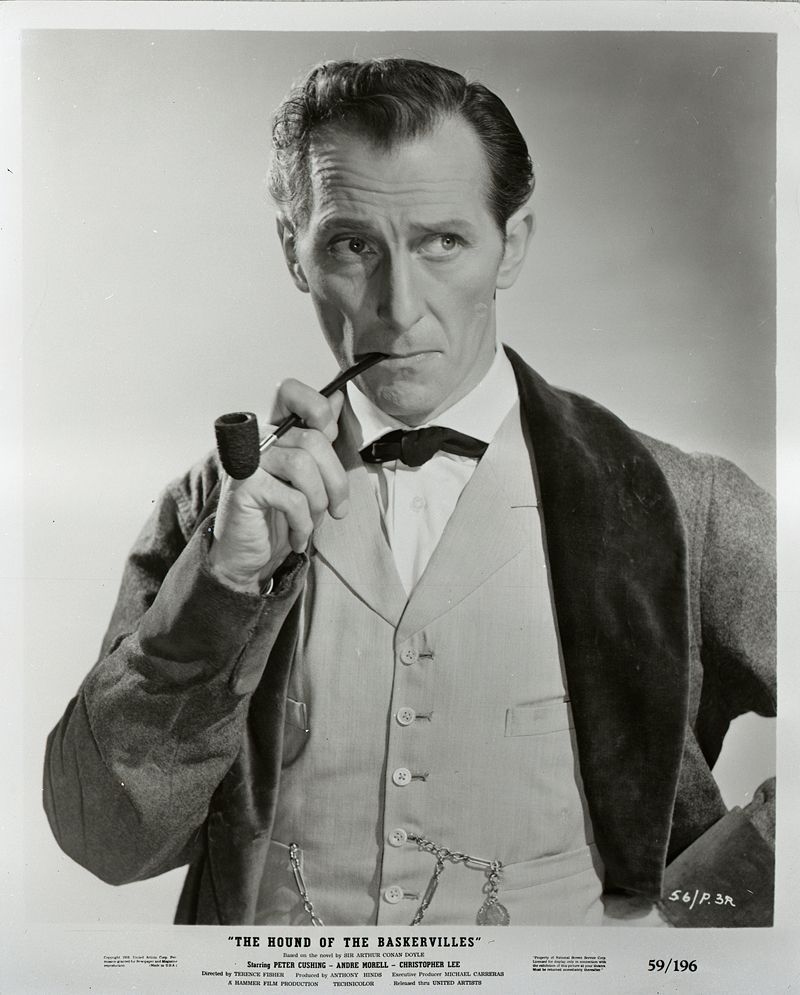
You write all of your shows, and perform in most of them. How do you go about your research, for instance, for Palmer and Crippen? I was impressed that in Murder by Gaslight, you mentioned the Illustrated Times, which had a special edition on the Palmer trial.
I’m an omnivorous reader and a bit of a bookworm. In my collection are several titles on Victorian and Edwardian crime. The internet makes it that much easier for fact-finding of course, though one must be sure to sift the fact from the fiction. But I always allow my imagination free rein when writing scripts, and I think a degree of artistic licence is allowed when crafting a piece of entertainment – however macabre the subject matter!
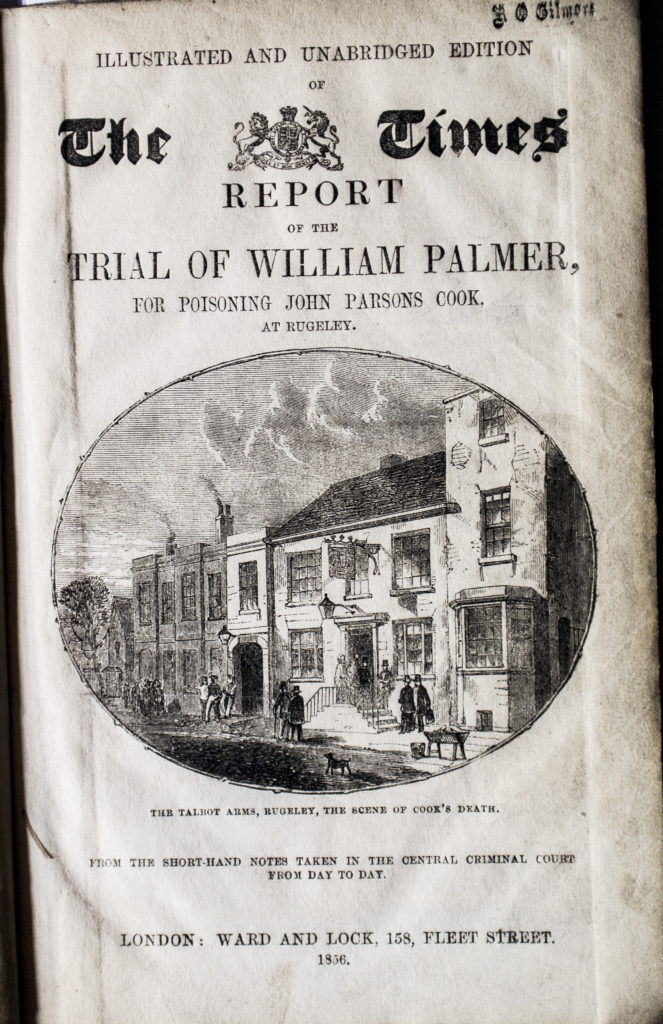
What drew you to the stories of Palmer and Crippen?
I was aware of both men, of course, and their murderous careers before writing the script. It was the company’s first foray into real-life events as opposed to pure fiction. It would make for interesting theatre to have Palmer and Crippen tell their own stories. As a writer, the challenge for me was to flesh out their characters and to bring them to life, to make them realistic three-dimensional figures and not mere bogey-men.
And you certainly did! Palmer is arrogant, selfish, and sinister, a commanding presence who shows no empathy to anyone. Whereas Crippen is meek, put upon and rather pathetic. But what’s clear in both performances is that these men ended up in incredibly difficult situations which they chose to get out of by taking human life. It’s that crossing of the moral line which makes infamous people from history such as Palmer and Crippen so grimly fascinating.
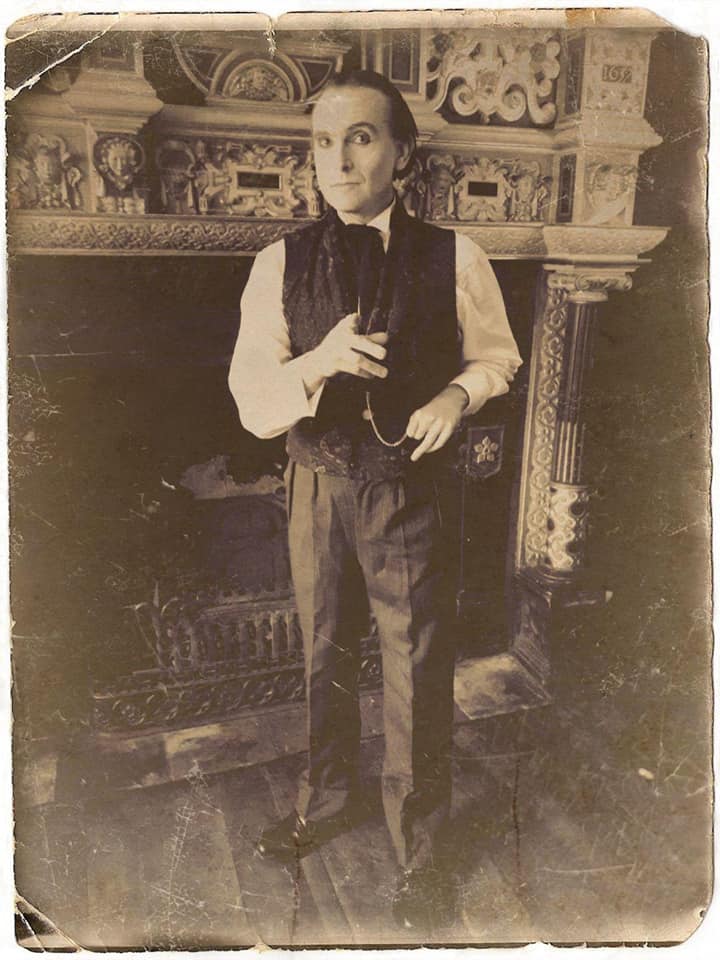
So, how did you develop their characters? Were there contemporary figures who you based them on, or were you reading contemporary accounts from trials and suchlike to get a feel for them as people?
I started by reading contemporary reports and anecdotal evidence from people who knew them. The rest was a case of using my imagination and relying on the actors’ instinct to make them as believable as possible.
In Murder by Gaslight you go from playing belligerent, unrepentant Palmer to timid and almost sympathetic Crippen. It’s an impressive shift in the space of one evening, but when you perform The Singular Exploits of Sherlock Holmes, you’re packing even more characters into one evening. How do you go from character to character with such ease? Do costuming and props help?
Costuming and set dressing/props are always a blessing and an extra. But in the main, I rely upon my own imagination to switch from one character to another. It helps of course, that I write all of our scripts!
I have been fascinated with the Victorian and Edwardian eras since childhood, and especially the works of Conan Doyle, Stoker, Stevenson, M R James and their ilk. Indeed, the first novel I can recall reading is The Hound of the Baskervilles, when I was six or so. Plus of course I was an avid viewer of the black and white Sherlock Holmes films, the Bela Lugosi and the Boris Karloff films, and the early Hammer Horrors back in the days when they were still screened on TV. Little could I have known that all of that would one day lead to my following in their footsteps on stage!
While writing and researching the chapter on William Palmer in Fatal Evidence, I became really uncomfortable because he seemed to me to be a deeply unpleasant person and I ended up having nightmares! How do you cope with playing such a nasty character as Palmer? Is there a psychological impact or do you have ways of mentally distancing yourself?
I liken acting to self-hypnosis. When performing, though aware of the audiences’ presence, I am so immersed in the character and the situation that the character is in, that I am oblivious to anything pertaining to myself as a performer. It’s akin to forgetting everything else apart from the lines you are delivering, and though being totally in control of your every action on the stage, you must immerse yourself completely in the role. The best way to play a role is to become that person for the duration of the show. Once the curtain falls though, always leave the character in the costume bag!
I loved your very simple set for Murder by Gaslight – were some of those bottles original poison bottles?
Yes, the poison bottles were authentic and original. We have so many pieces of set dressing, props and costumes. It’s always good to have something on stage that dates from the Edwardian era when we perform, though sometimes, that feels like it could be me!
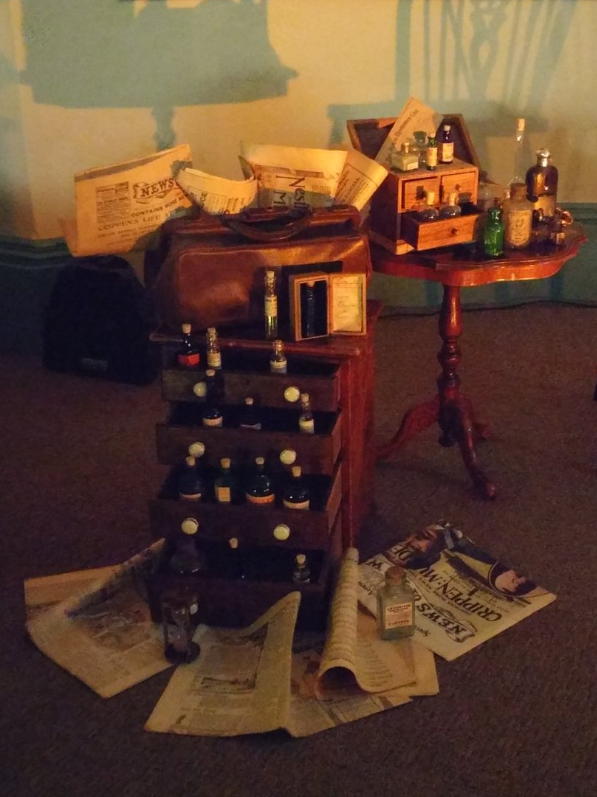
Are you developing more shows at the moment?
Several! The company already has eighteen shows touring. Others in the works include a life of Edgar Allan Poe, a dramatized retelling of the trials of Lizzie Borden and H H Holmes, plus a show featuring Carnacki the Ghost Finder. I mean to play Professor Challenger at some point in the not-too-distant future too!
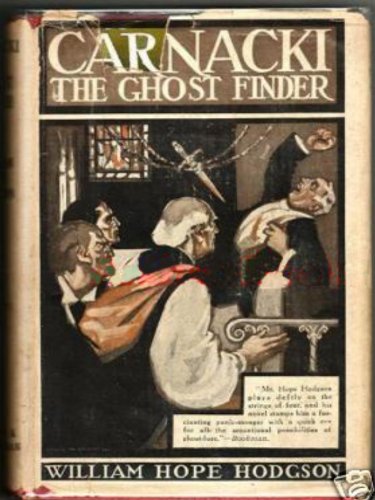
Of the characters you’ve played and written, which do you like performing the most?
Oh, that must be Sherlock Holmes, simply because I’ve been reading the original Conan Doyle stories since childhood. Though Oscar Wilde and Montague Rhodes James are both great fun to play also.
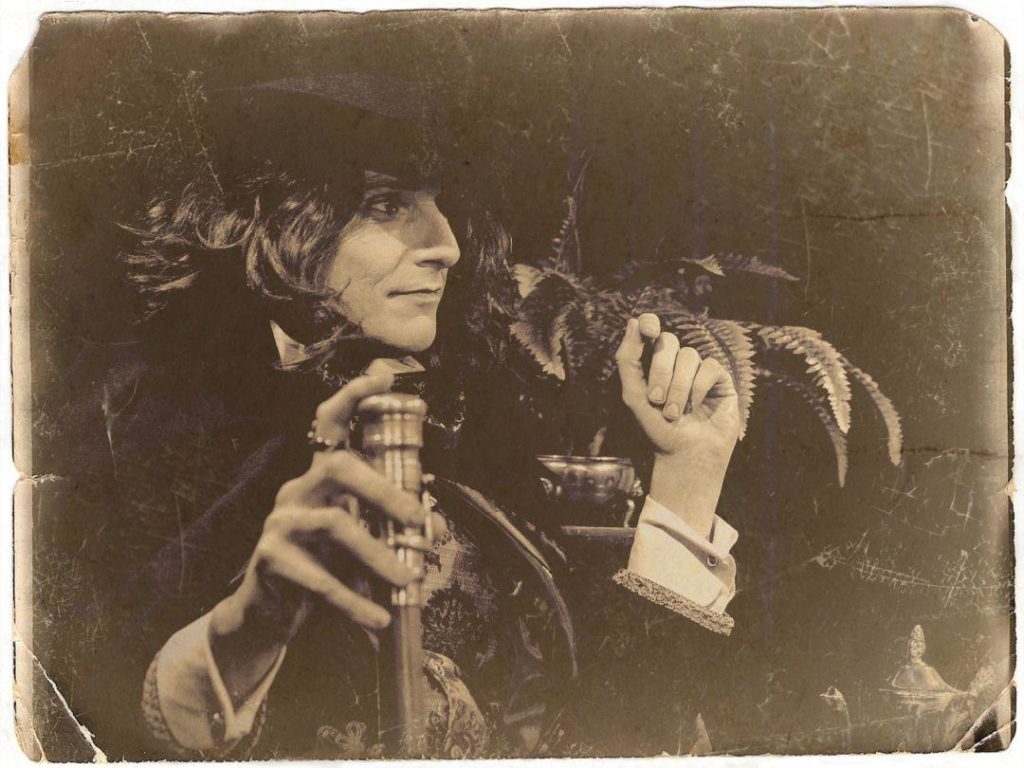
In the course of your research for your shows, what historical facts have surprised or interested you the most?
I’ve recently been reading a lot about the life of Edward Lear for our new show, Stuff and Nonsense. I was surprised by how melancholy and lonely a figure he was. He brought so much happiness to others, and it appears that everybody he encountered held him in such high regard. Yet despite all this, he died alone.
What’s your favourite M R James story? Of the classic ones adapted for television many years ago, which one scared you the most? Lost Hearts terrifies me, and that 1970s television adaptation with the hurdy-gurdy music – arrghhh!
So many to choose from! M R James remains the greatest writer of ghost stories. His writing style of understated menace laced with dry humour makes the stories so memorably chilling. I’ve always had a soft spot for An Episode of Cathedral History, however. Indeed, that story has been adapted for our latest show, The Witching Hour.

Don’t Go Into The Cellar! tour the UK all year round. For details of tour dates, please visit www.dontgointothecellar.com or follow on Twitter @cellartheatre or like on Facebook: www.facebook.com/CellarTheatre